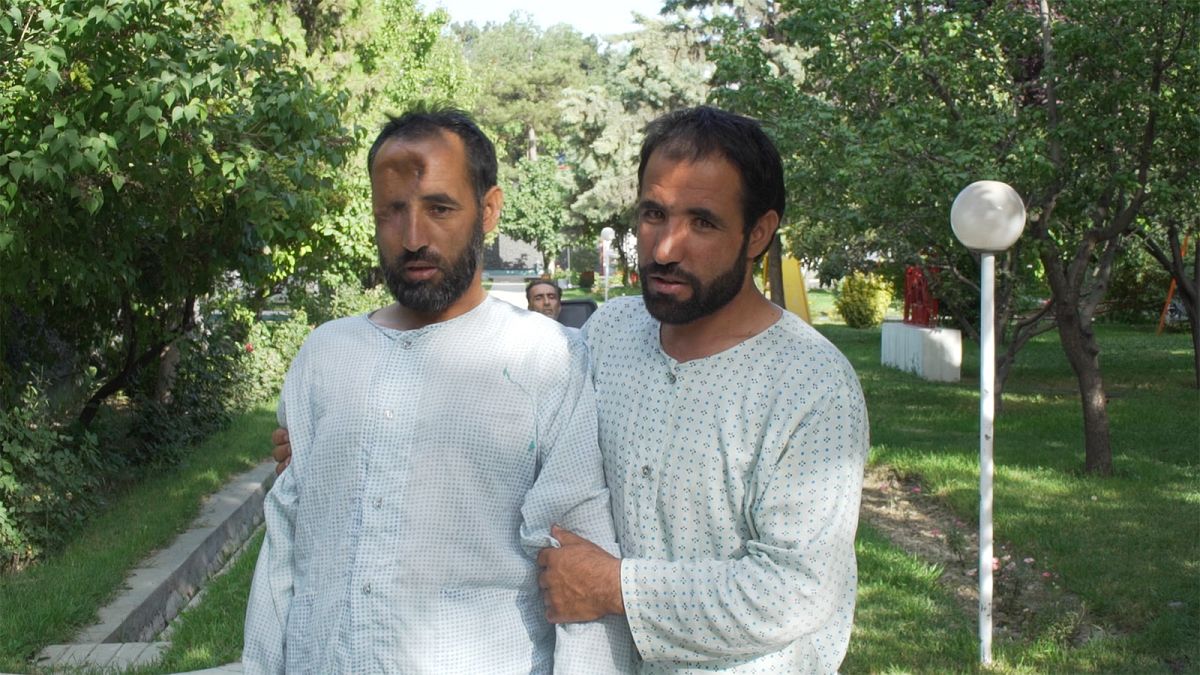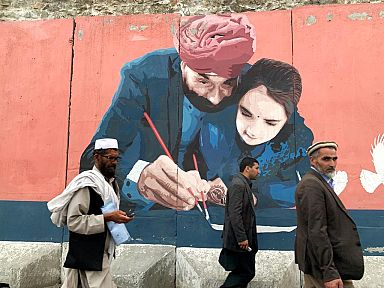With a growing number of attacks and civilian casualties. The conflict in Afghanistan is intensifying even 18 years after U.S. intervention. But what is the humanitarian cost?
With a growing number of attacks and civilian casualties. 18 years after U.S. intervention, the conflict in Afghanistan is intensifying. But what is the humanitarian cost?
With the Taliban and armed groups on one side, and the Afghan Government (backed by NATO) on the other 147,000 people are believed to have been killed in the past 18 years of war.
In 2018, almost 11,000 civilians were killed or injured. A figure that has nearly doubled in nine years.
The spike in suicide attacks by insurgents and air strikes by pro-government forces have had a direct impact on last year's rise in civilian casualties.
Kabul is a city under siege. An attack can occur at any time and security incidents are part of everyday life. Almost half of all insurgent suicide attacks took place in the capital last year.
The surgical centre of the international NGO Emergency in Kabul is a safe haven for war victims coming from all over the country. Dozens of patients flock here every day and a quiet night is rare. The morning handover is a list of complex war-related cases. The sub-intensive care unit is never empty.
Almost one thousand children were killed in Afghanistan last year. There were also two thousand injured, nearly half were treated here. 12-year-old Mustafa was caught in the crossfire. His legs were paralyzed.
"I was in the field working with my father when I got hit by a bullet. I was hit on the right side and the bullet got stuck in the left side of my shoulder. The first thing I want to do is go back to school."
He had two fractured vertebrae. His daily rehabilitation is slowly yielding results and doctors believe he will be able to start walking again after a month.
A team of almost 400 doctors, surgeons, physiotherapists and nurses works 24 hours a day to treat the most life-threatening conditions. Two years ago, 130 people came at once following a blast. The centre has since been expanded and staff trained to respond to a sharp increase of mass casualties.
Some war survivors will bear the marks of conflict forever. Euronews spoke to a father of seven, Abdul, who is a patient at the hospital. He was on a bus bringing administration workers home when a car drove by and exploded. It was a suicide attack in Kabul in early June.
"I realized my legs had gone. I crawled and I pushed myself out of the bus. My brother, who was sitting in the back managed to jump out. I asked him to help me as I was burning. He saved three other lives that day. Not my uncle. I saw him melting."
EU Humanitarian Aid is stepping up support
Europe supports life-saving services in the country. According to Esmee de Jong from the EU Humanitarian Aid office, the EU is stepping up support for trauma care and facilitates access to healthcare in areas where regular services are disrupted.
"About 25 per cent of our overall budget currently is going towards war trauma services"



